It was a Thursday in mid-June when Eric Vance and I brought our Chesapeake Light Craft Autumn Leaves solo cruisers to Cambridge, Maryland, at the mouth of the Choptank River. Our goal was simple: sail from the mouth of one of the bay’s many tributaries up to the farm town at the head of navigation. The weather here in the Chesapeake Bay area can be expected to take a turn to a calm, even sultry mood, and we expected to have leisurely sailing.Sailing to the towns well upstream on the Bay’s tributaries was once routine. Travel up any of the many rivers that empty into the Chesapeake as far as a cargo schooner can go, and you’ll find a town. And in each of these towns, there are stories of the days when the schooners would sail in frequently, bringing goods from Baltimore and picking up wood, grains, tobacco, and other farm products to be hauled back over these myriad watery roads to the city. But what would it be like to do a motorless cruise up one of these rivers today? Eric and I wanted to find out. .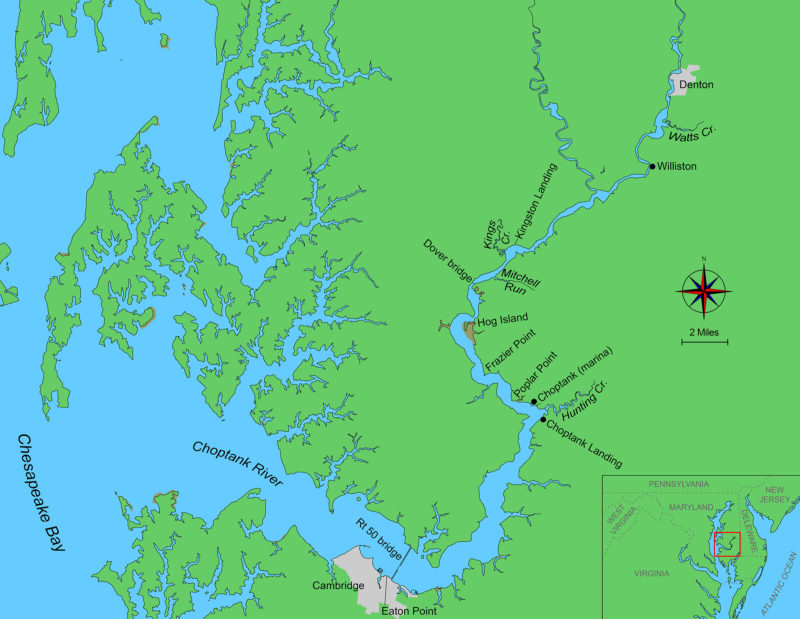 Roger Siebert
Roger Siebert
Join The Conversation
We welcome your comments about this article. If you’d like to include a photo or a video with your comment, please email the file or link.
Comments (11)
Leave a Reply
Stay On Course

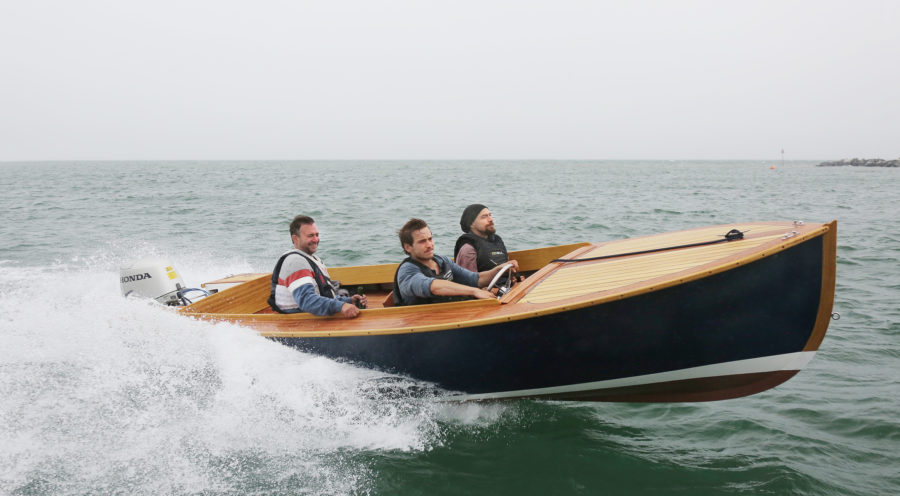
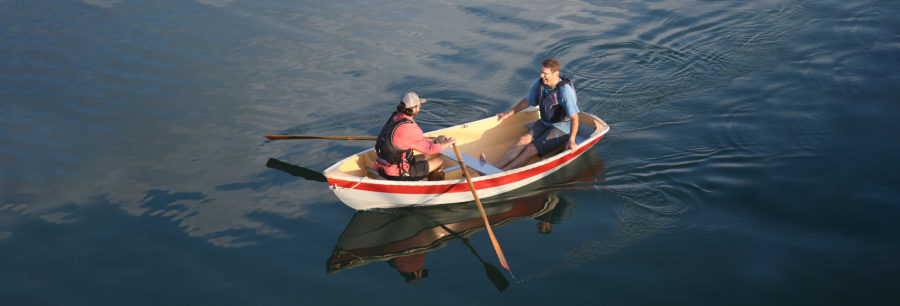

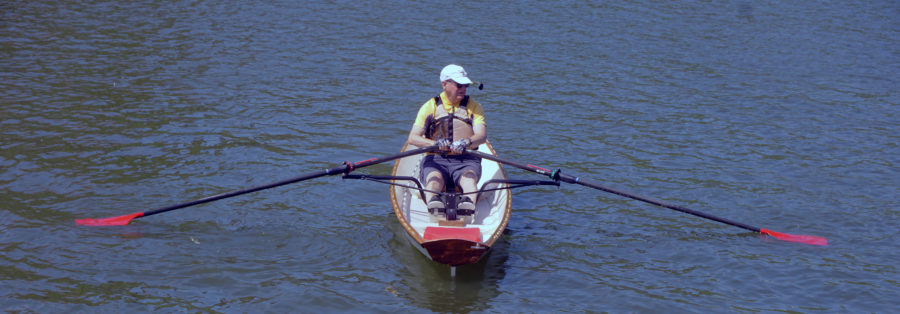

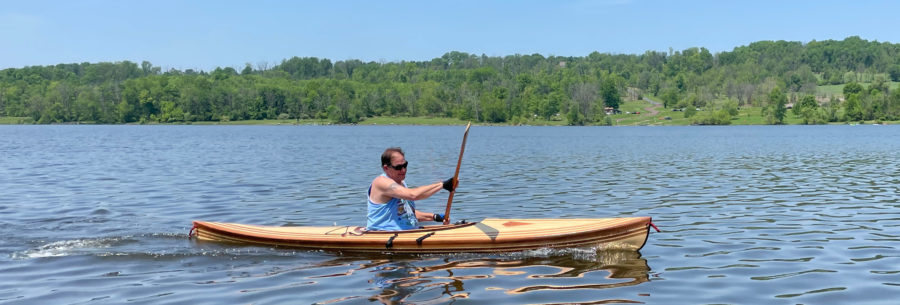


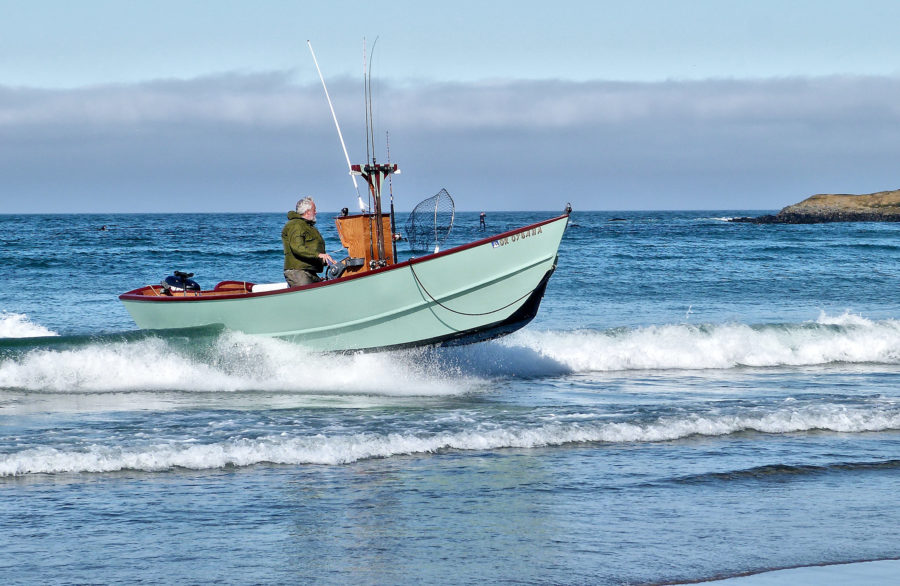
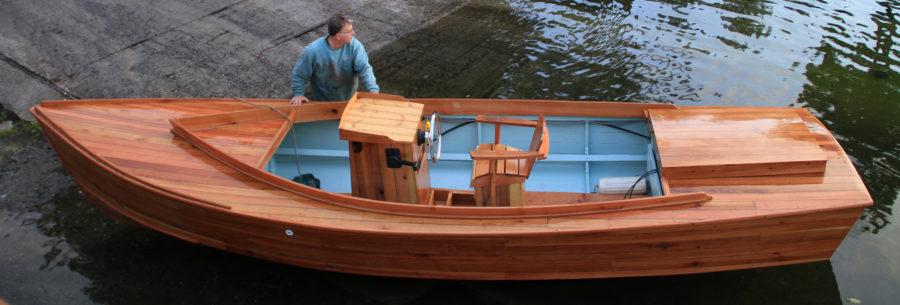
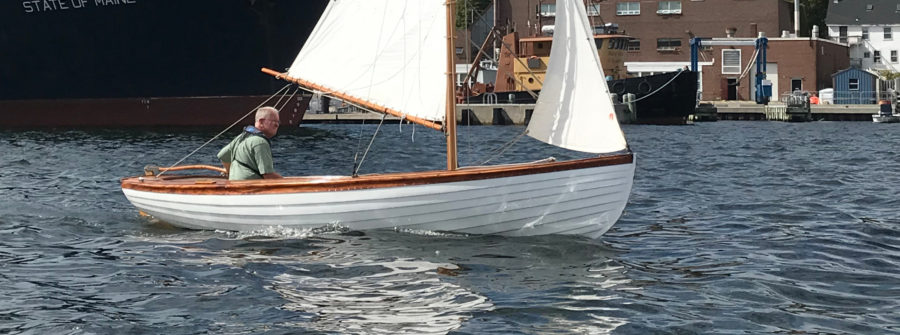
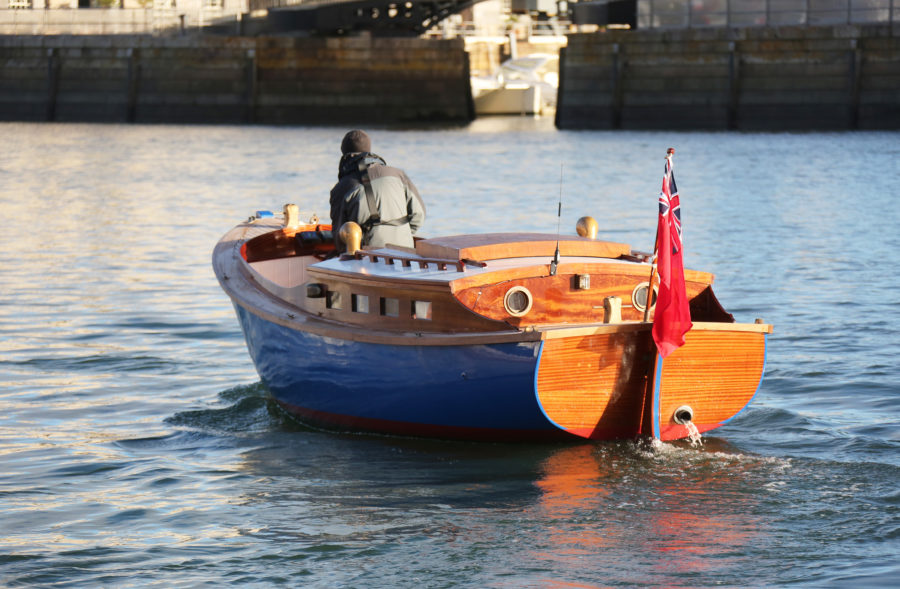
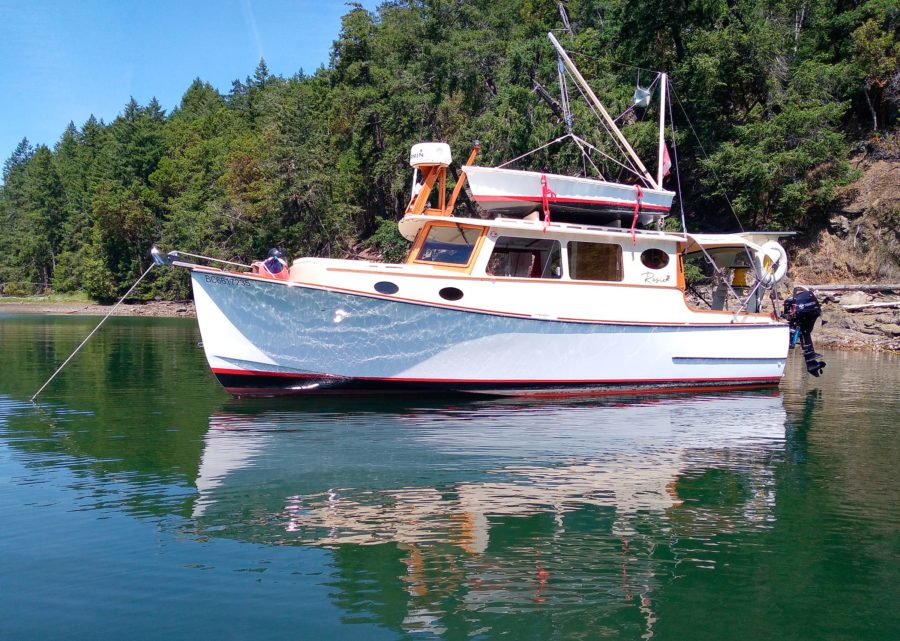
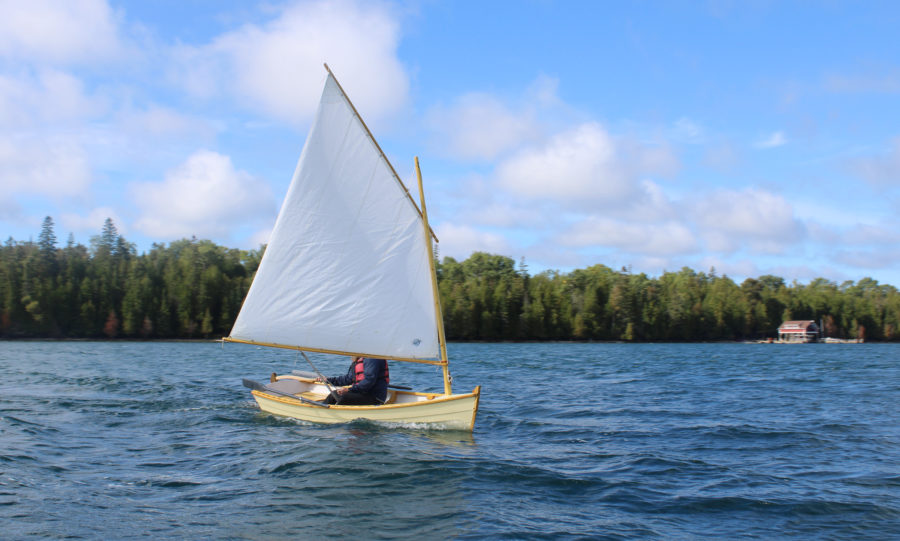
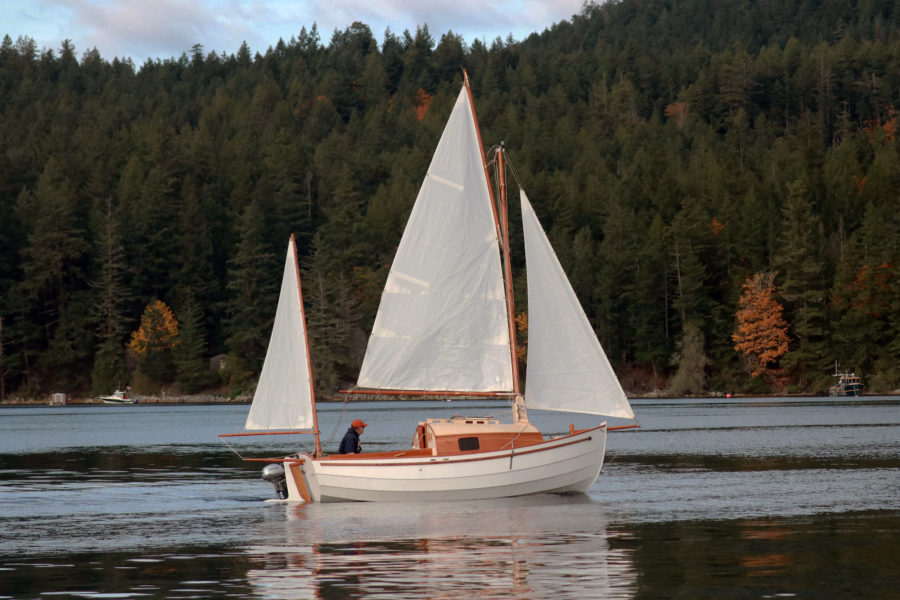
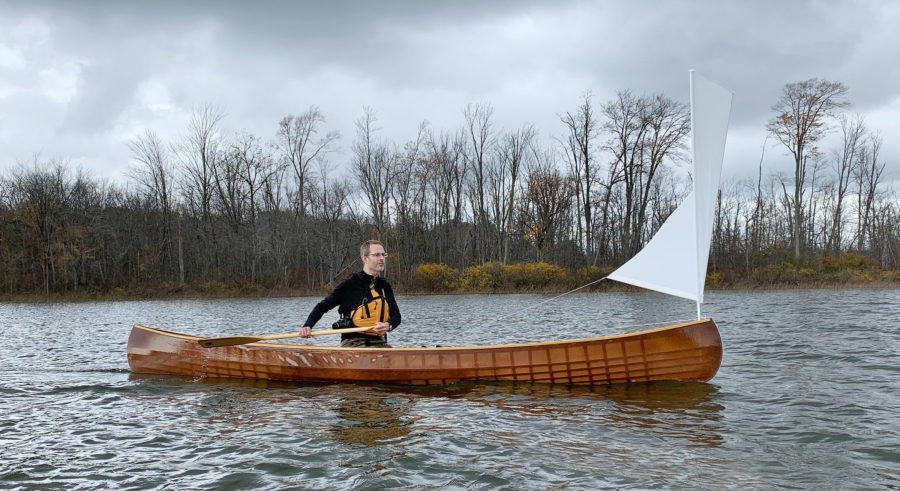
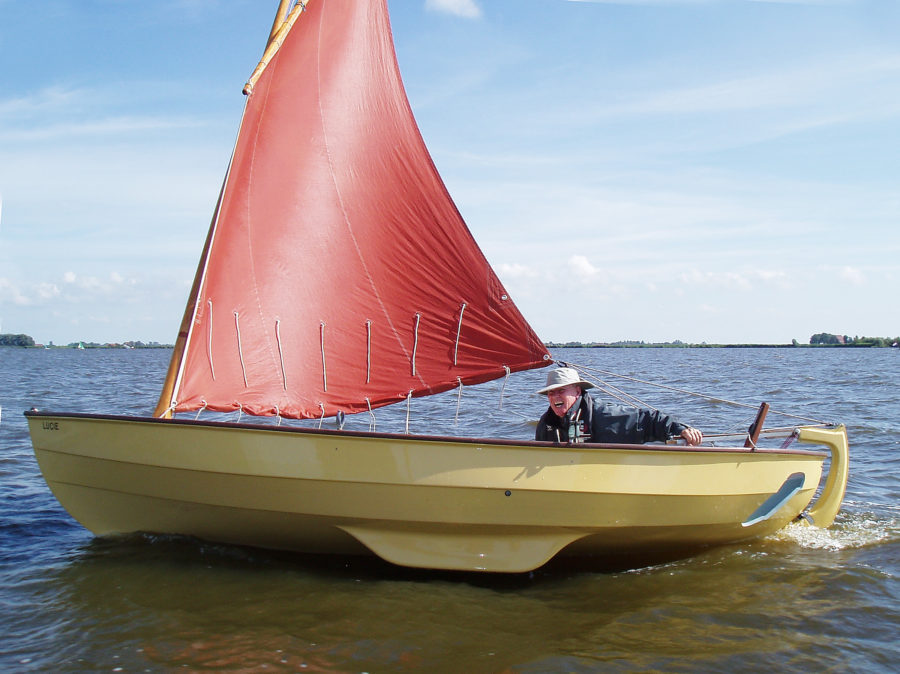
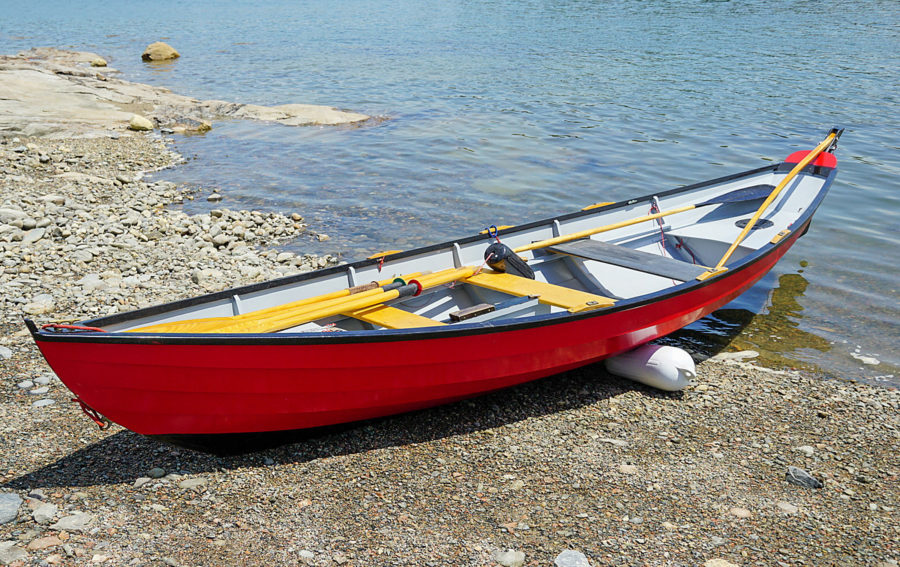
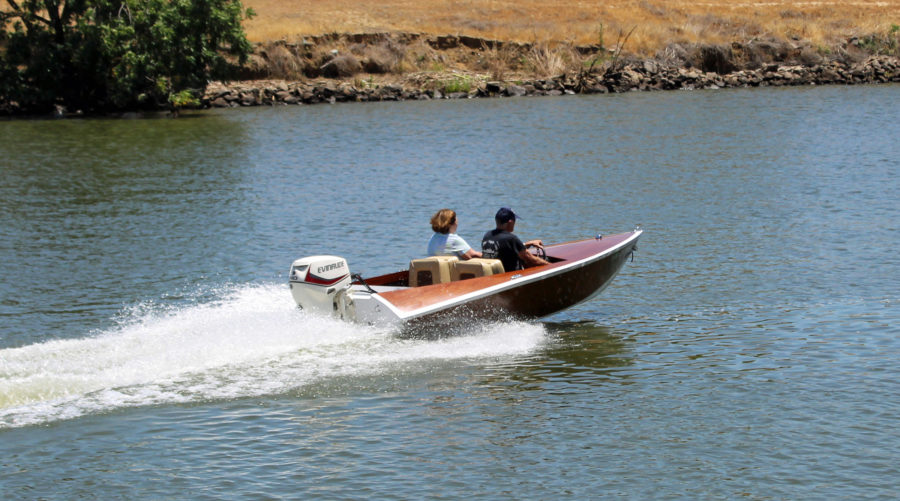
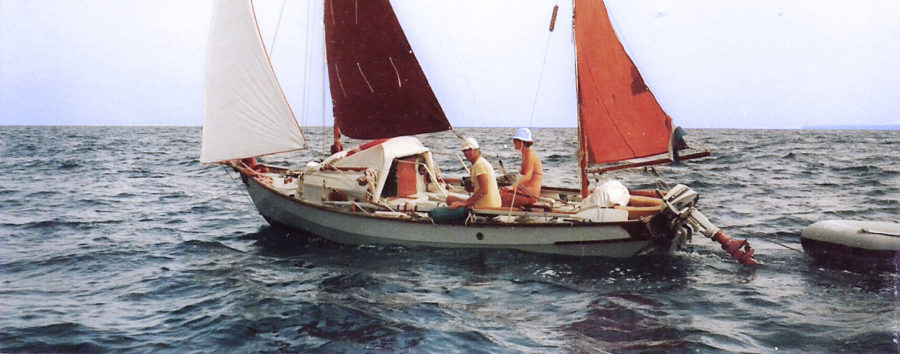
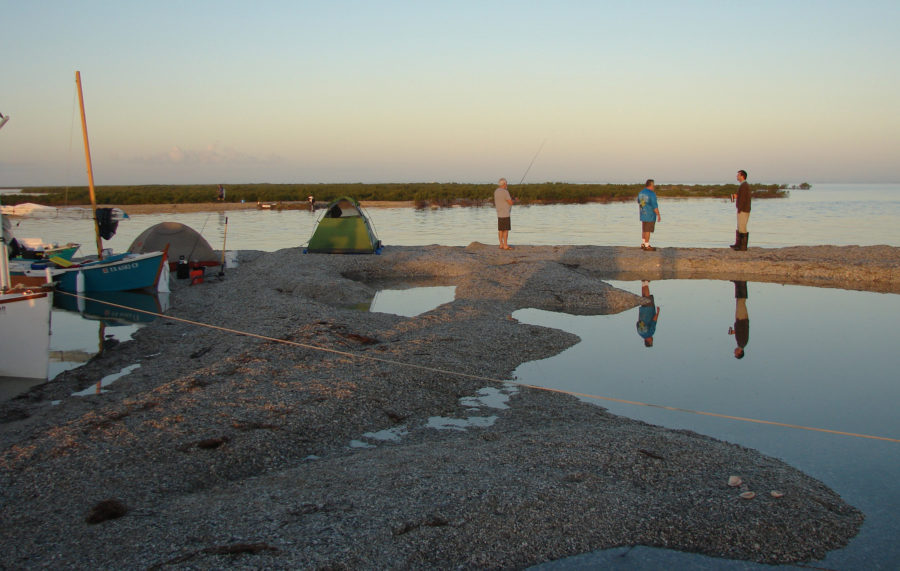
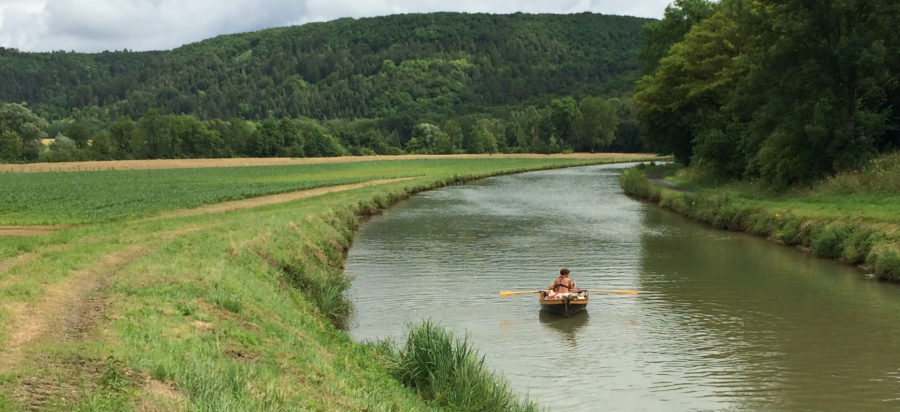
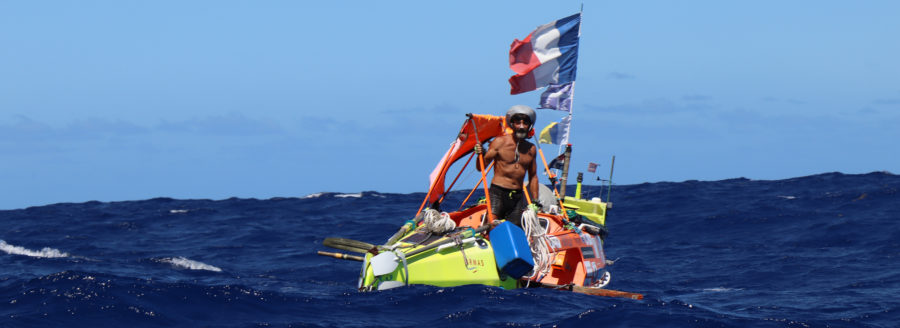
Wow! Beautiful boat! John Harris has done it again.
Indeed. The Autumn Leaves design is unique in that it’s a boat with a cabin designed for one person. That fact allows for a lot of the other design features that wouln’t be possible otherwise. It’s a really nice package.
Lovely story, this is what small boats are about!
I agree. The shallow, inshore waters are always more interesting.
Dave & Eric,
What a lovely tale of small boating at its best! I have followed the wake of John Harris’s “Autumn Leaves” ever since first seeing it previewed in WoodenBoat, and then as Dave generously shared his build process with TERRAPIN.
Your adventure captures so much of what small boating offers; the descriptions and photos transporting me to a magical small corner of this amazing planet. Thanks to you both, to Mr. Harris for another fine design, and to Small Boats Magazine for bringing this to us all out here in the floating Internet world!
Thanks, Dale. Glad you enjoyed the story. There is something magical about the backwaters of the Chesapeake.
Thanks, Dale. The Autumn Leaves is a remarkably capable boat and took good care of us on this little adventure.
Dave had a darn good idea, glad I went along for the ride. Looking forward to more adventures “crawling up eel tracks,” as John Harris puts it.
Thanks for this. Thin-water cruising has no limits.
Jim, I agree. The shallow areas are always more interesting.
Glad to see your mention of Harriet Tubman, and for folks who want to learn more about Tubman’s relationship to her watery homeland, I humbly recommend A Guide To Harriet Tubman’s Eastern Shore: The Old Home Is Not There from History Press, co-authored by Phil Hesser and me.
Thanks for this reference, Charles. There’s tons of history in this part of the country, some of it obvious, some of it not so much.